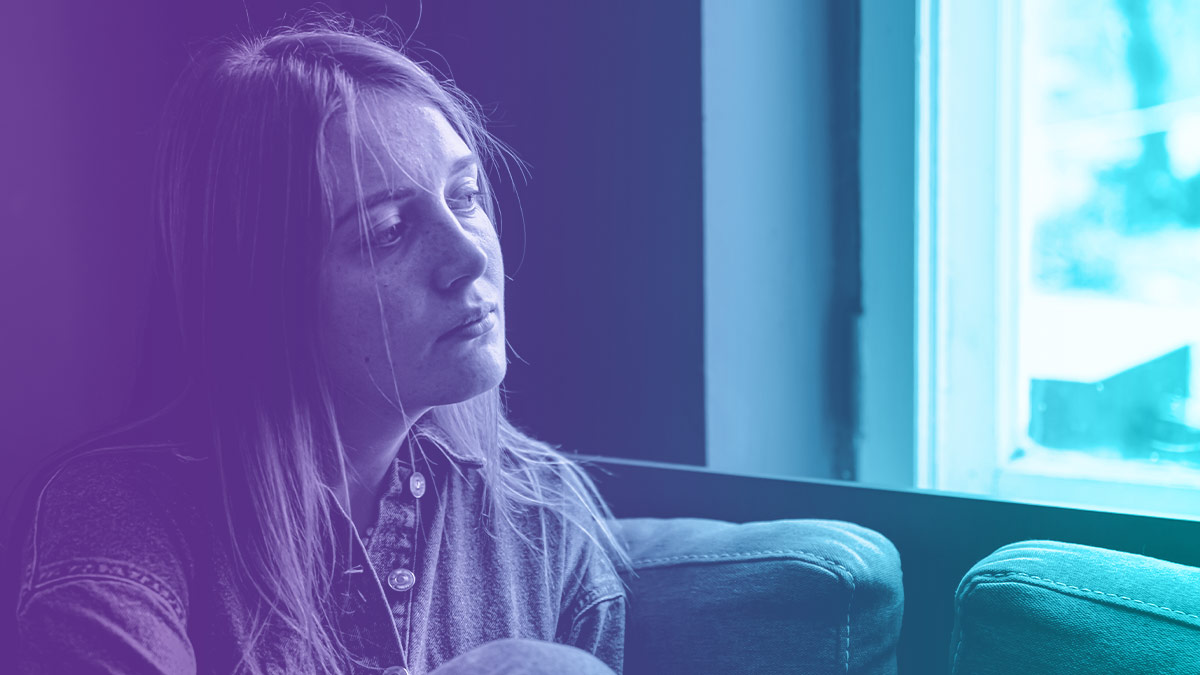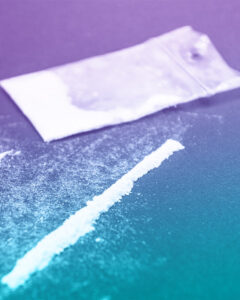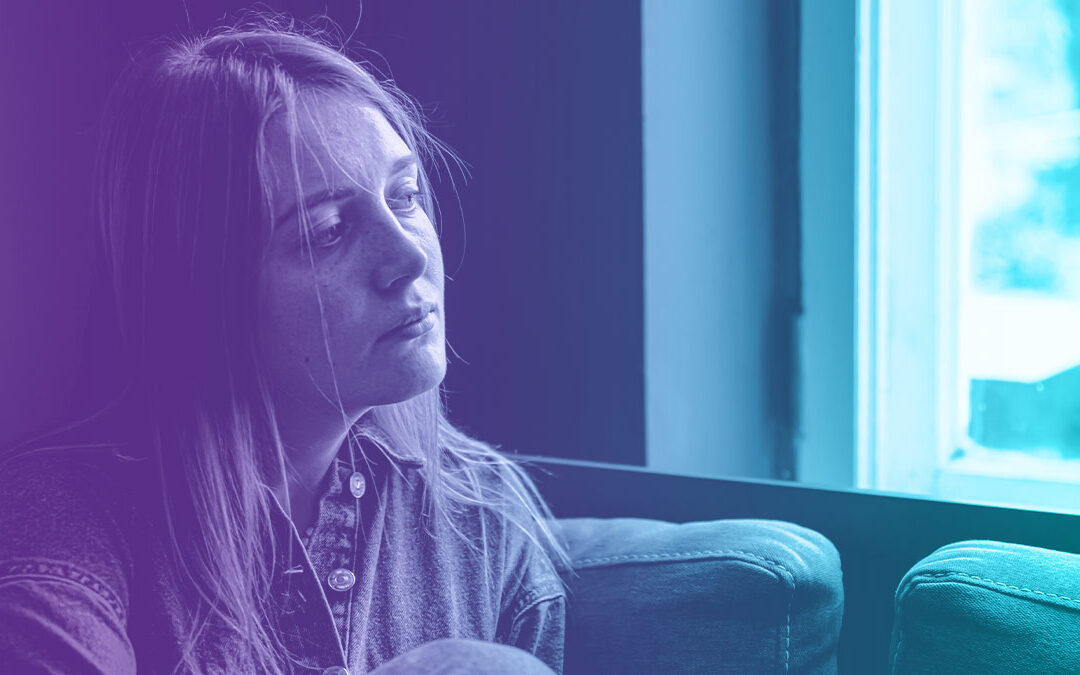Signs of Cocaine Addiction
At some point in our lives, we have all seen some sort of substance use ad campaign or TV show. Whether that depiction was accurate or not is always interesting. Maybe you saw the first ads in the 80s, where McGruff sang a catchy song to kids about staying drug-free. Or perhaps you were part of the 90s “scare” ads, watching a young lady destroy an egg and a house with a cast iron pan. Or you saw the 2007 episode of Degrassi: The Next Generation, where one of the characters gets a nosebleed on stage from repeated cocaine use. No matter what pop culture reference you may have seen, addiction looks a lot different in the real world.

At Clean Recovery Centers, we understand that everyone has a story and no two are the same. If you or someone you love is using cocaine, it may have crossed the path into a substance use disorder. But how can you be sure? Let’s look into the signs of cocaine addiction further and talk about how you can help.
Statistics of Cocaine Addiction
In the Tampa area, 1,305 deaths were caused by cocaine in 2021. It was the second-highest substance to cause death with fentanyl being number one. Throughout Florida, cocaine is widely available and commonly misused. The Jacksonville and Tampa areas are high transportation locations for smuggling cocaine from South America.
In the United States, 821,000 people aged 12+ reported using cocaine in 2021. Of these, 788,000 were aged 26 or older. Most were employed full-time and had some college experience or a degree.
Cocaine Use Symptoms
Cocaine is a stimulant, made from the coca plant that is native to South America. It is highly addictive and comes in a fine white powder. Cocaine can be snorted, rubbed on the gums, or dissolved and injected. Sometimes cocaine is turned into a crystal-like ball, referred to as “freebase” cocaine or crack. Crack is most often smoked.
Symptoms of cocaine use include:
- Extreme bouts of energy
- Hypersensitivity to sound, sight, and touch
- Paranoia with increased distrust of others
- Mood swings such as happiness or irritability
- Decreased appetite
When paranoia becomes severe, hallucinations have been reported. These are typically auditory hallucinations in which the person only hears sounds or noises that are not there.
Early Signs of Cocaine Addiction
Early signs of cocaine addiction depend on the route of intake. For those who snort it, nosebleeds and trouble swallowing are common signs. When cocaine is injected, veins can collapse or abscesses can develop. Also, the risk of HIV/AIDS or hepatitis increases with sharing needles. When cocaine is used on the gums or swallowed, tooth decay and bowel damage occur due to lack of blood flow.
Physical Signs of Cocaine Misuse
Some physical signs of cocaine misuse include:
- Malnourishment
- Movement disorders such as Parkinson’s
- Headaches
- Seizures
- Heart attacks or strokes
- Loss of sense of smell
Behavioral Signs of Cocaine Misuse
Behavioral signs of cocaine misuse go beyond extreme paranoia. For some, a sense of urgency and determination to complete physical and mental tasks is experienced. Others have had the opposite effect, having a very low tolerance for cocaine. The longer cocaine is used, the more irregular and unpredictable behavior can become. School and work performance also decline.
Social Signs of Cocaine Misuse

Cocaine misuse can cause people to feel social or outgoing. Bouts of heightened happiness and energy make for a “life of the party” feeling in the brain. Engaging in risky behavior such as unprotected sex or erratic driving is common. Also, changing friend groups can indicate cocaine misuse. However, as cocaine use continues, most people become more withdrawn as paranoia sets in.
Cocaine Withdrawals and Overdosing
Cocaine is often used in binges, meaning the person takes a large quantity in a short time. This is because the “high” from cocaine only lasts around 10-30 minutes. The longer the person uses, the more cocaine it will take to achieve said “high.” This is where an overdose can occur.
The common signs of overdose include:
- Increase body temperature
- Profuse sweating
- Chest pain
- Nausea or vomiting
- Seizures
Treating a cocaine overdose is not as simple as administering Narcan® (naloxone HCl). Medical professionals will treat any signs of stroke or heart attack first as these are very common in a cocaine overdose. From there, they will treat other symptoms as necessary. There is no medication to reduce the amount of cocaine in the body or reverse its effects.
Cocaine works in the brain by increasing the reward chemical dopamine. After prolonged use, it will take more and more cocaine to get the same dopamine response. When cocaine is no longer used, withdrawal will begin. The common cocaine symptoms include:
- Depression
- Anxiety
- Increased appetite
- Fatigue
- Insomnia
Due to the imbalance of the brain’s reward chemicals from prolonged cocaine use, intense cravings can occur for months or even years after discontinuing use. The person will have trouble with not feeling pleasure or rewards. Having a strong support system can help reduce the risk of relapse and work to heal the brain.
Treatment for Cocaine Addiction
Cocaine addiction does not have to be permanent. At Clean Recovery Centers, we have helped hundreds of our clients to get clean, live clean, and stay clean. Our cocaine use disorder treatment includes inpatient, residential, and outpatient services. An initial assessment will be done to see which option will work best for you or your loved one.
Residential / Inpatient Rehab Services
There are two stages to our residential treatment program.
- Residential One – This is part of phase one of the treatment program. Individuals are in a 24-hour, 7-days-a-week, live-in environment. Medical support is available if needed, but the main focus is on individual, group, and family therapy. The length of stay in this treatment phase is 3-4 weeks.
- Residential Two – This is where the transition to phase two happens. Phase two is the action phase, where individuals confront where the addiction started and prepare themselves for independent recovery. At Clean Recovery Centers, this step is referred to as day/night treatment, or DNT. While most clients choose to live in community housing on-site for this phase, it is not required. The program is a minimum of 30 hours of services per week. The four main focuses of DNT include experiential processes, defense mechanism identification, belief system exploration, and symbolic integration. All of these components are to help transition core beliefs and develop balance to a clean life. This phase of treatment typically lasts 2-3 weeks.
- Mental Health Path – For those who have been diagnosed with a mental health condition during phase one, the treatment path can change to accommodate those needs first. Clients go into a residential II setting and receive specific treatment for their diagnosis as well as education and medication management.
Outpatient Rehab Services
Phase Three of the treatment process is the maintenance stage. At Clean Recovery Centers, we have two versions of outpatient services, intensive outpatient and outpatient. For intensive outpatient or IOP, the client can choose to reside in a 24/7 monitored transitional living on-site or at home. The program is 9 hours per week minimum and continues with individual counseling. Outpatient is for those living at home or in sober living off-site and is 2 hours per week. Both services build on the skills learned in inpatient treatment and therapies to continue on the path to living heroin free. The length of stay for phase three is around 6-8 weeks.
If you or someone you love is showing signs of cocaine addiction, don’t let fear keep you from seeking help. The professional staff at Clean Recovery Centers is here to provide support for our clients and their families. Call us today at (888) 330-2532 to learn more about our program and facilities.
FAQ About the Signs of Cocaine Addiction
How to tell if a loved one is a cocaine user?
Someone who is using cocaine will show different physical and behavioral signs. These include nosebleeds, malnourishment, bouts of extreme happiness or irritability, poor work or school performance, paranoia, and erratic behaviors.
When should we call for medical help for cocaine users?
The most common scenarios in a cocaine overdose are heart attacks, strokes, or seizures. If symptoms of any of these conditions are suspected, seek medical attention immediately. There is no medication to reduce the amount of cocaine in the body or reverse its effects.


